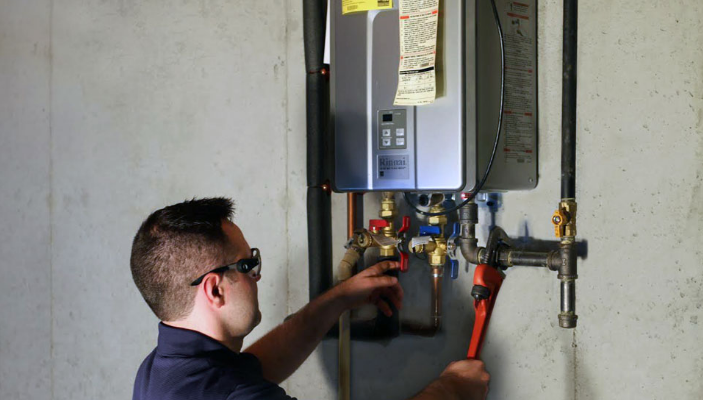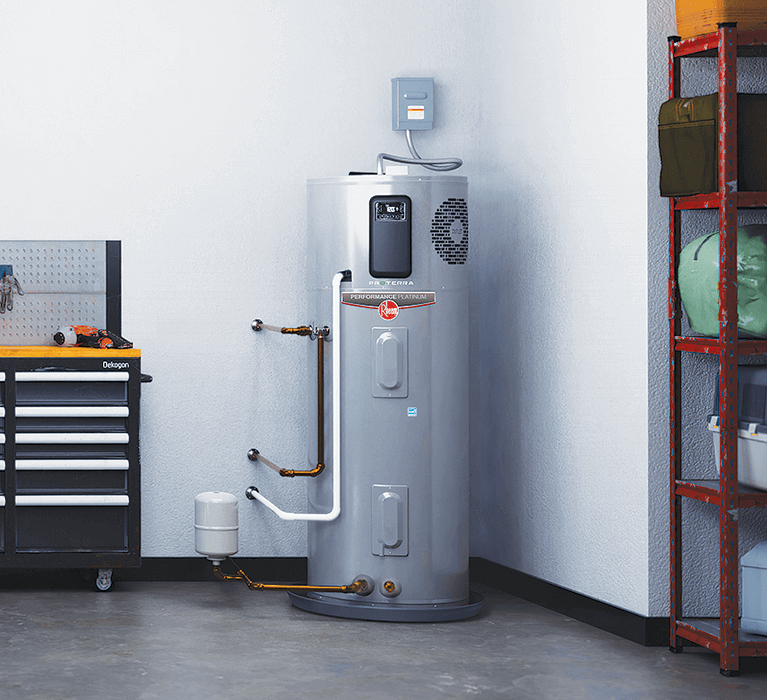We have encountered the article pertaining to What Kind of Maintenance Do Water Heaters Need? below on the net and reckoned it made perfect sense to write about it with you in this article.

Warm water is crucial for day-to-day comfort, whether it's for a rejuvenating shower or washing meals. To ensure your hot water system runs effectively and lasts longer, routine maintenance is crucial. This article provides practical pointers and understandings on exactly how to maintain your home's warm water system to stay clear of disturbances and pricey repair services.
Introduction
Keeping your home's warm water system may seem daunting, yet with a few easy steps, you can guarantee it operates smoothly for several years to come. This overview covers everything from comprehending your warm water system to DIY upkeep pointers and knowing when to call in professional assistance.
Relevance of Maintaining Your Warm Water System
Normal maintenance not just prolongs the life expectancy of your hot water system but also guarantees it runs effectively. Overlooking upkeep can result in decreased efficiency, greater energy bills, and also early failing of the system.
Indicators Your Hot Water System Needs Upkeep
Recognizing when your warm water system needs attention can protect against significant issues. Keep an eye out for indications such as inconsistent water temperature, weird noises from the heater, or rustic water.
Understanding Your Warm Water System
Before diving right into maintenance jobs, it's valuable to recognize the fundamental parts of your hot water system. Commonly, this consists of the water heater itself, pipelines, anode rods, and temperature level controls.
Monthly Upkeep Tasks
Normal month-to-month checks can assist capture minor problems prior to they intensify.
Flushing the Hot Water Heater
Flushing your hot water heater eliminates sediment build-up, enhancing performance and extending its life.
Checking and Changing Anode Rods
Anode rods protect against rust inside the tank. Checking and changing them when worn is crucial.
Checking and Adjusting Temperature Level Settings
Readjusting the temperature setups ensures ideal efficiency and security.
Do It Yourself Tips for Maintenance
You can execute several upkeep tasks on your own to maintain your hot water system in leading condition.
Looking for Leakages
Frequently inspect pipelines and connections for leaks, as these can bring about water damage and greater bills.
Checking Stress Relief Valves
Checking the stress relief valve guarantees it functions properly and protects against too much pressure accumulation.
Insulating Pipes
Shielding hot water pipelines decreases warm loss and can conserve energy.
When to Call an Expert
While do it yourself maintenance is helpful, some concerns require professional competence.
Facility Issues Needing Specialist Help
Examples consist of major leaks, electric troubles, or if your hot water heater is constantly underperforming.
Routine Professional Upkeep Conveniences
Expert maintenance can consist of comprehensive evaluations, tune-ups, and guaranteeing conformity with safety and security standards.
Conclusion
Routine maintenance of your home's warm water system is important for efficiency, long life, and expense savings. By following these pointers and recognizing when to seek professional assistance, you can guarantee a trusted supply of warm water without unexpected disruptions.
How to Maintain an Instant Hot Water Heater
Before tinkering with your hot water heater, make sure that it’s not powered on. You also have to turn off the main circuit breaker and shut off the main gas line to prevent accidents. Also turn off the water valves connected to your unit to prevent water from flowing into and out of the appliance. 2. When you’re done, you have to detach the purge valves’ caps. These look like the letter “T†and are situated on either side of the water valves. Doing so will release any pressure that has accumulated inside the valves while at the same time avoid hot water from shooting out and burning your skin. 3. When the purge valves’ caps are removed, you have to connect your hosing lines to the valves. Your unit should have come with three hoses but if it didn’t, you can purchase these things from any hardware or home repair shops. You can also get them from retail stores that sell water heating systems. Read the user’s manual and follow it to complete this task properly. When the hosing lines are connected, open the purge port’s valves. 4. You should never use harsh chemical cleaners or solutions when cleaning your unit. Make use of white vinegar instead. It should be undiluted and you’ll probably use about 2 gallons. 5. Now flush your water heater. This task should probably take about 40 minutes. We can’t give you specific directions for this because the procedure is carried out depending on the type, model and brand of your heater. With that being said, refer to the user’s manual. 6. When you’re done draining the unit, you have to turn off the purge port valves again. Remove the hosing lines that you earlier installed on each of the water valves. Put the valve caps (purge port) back in their respective places and be very careful so as not to damage the rubber discs that are found inside these caps. 7. Now that everything’s back in place, check your user’s manual again to find out how to reactivate your water heating system. 8. Once it is working, turn one of your hot water faucets on just to let air pass through the heater’s water supply pipes. Leave the tap on until water flows smoothly out of it. https://www.orrplumbing.com/blog/2014/september/how-to-maintain-an-instant-hot-water-heater/

Hopefully you liked our piece about How to Maintain a Hot Water Heater in a Few Simple Steps. Many thanks for taking time to read through our article post. If you please set aside a second to promote this page if you enjoyed it. I cherish your readership.
Article